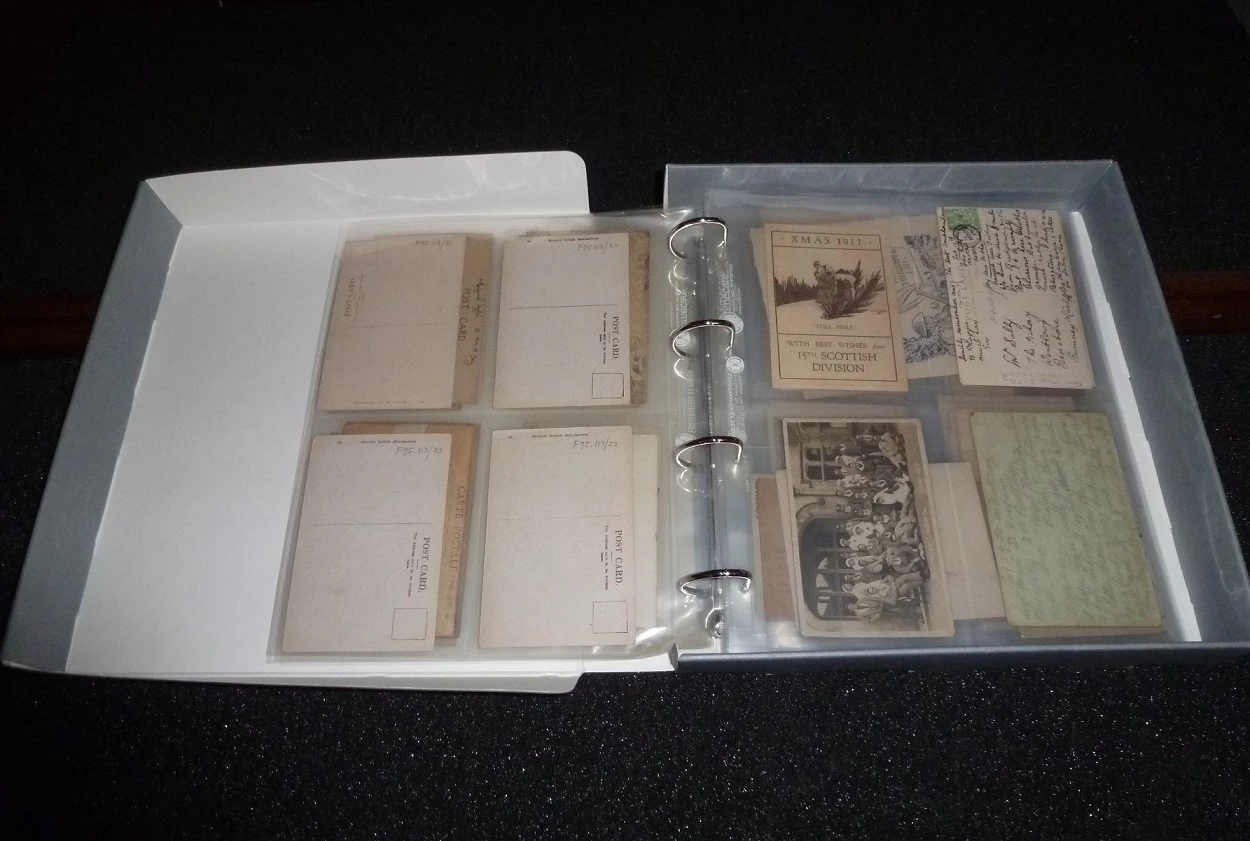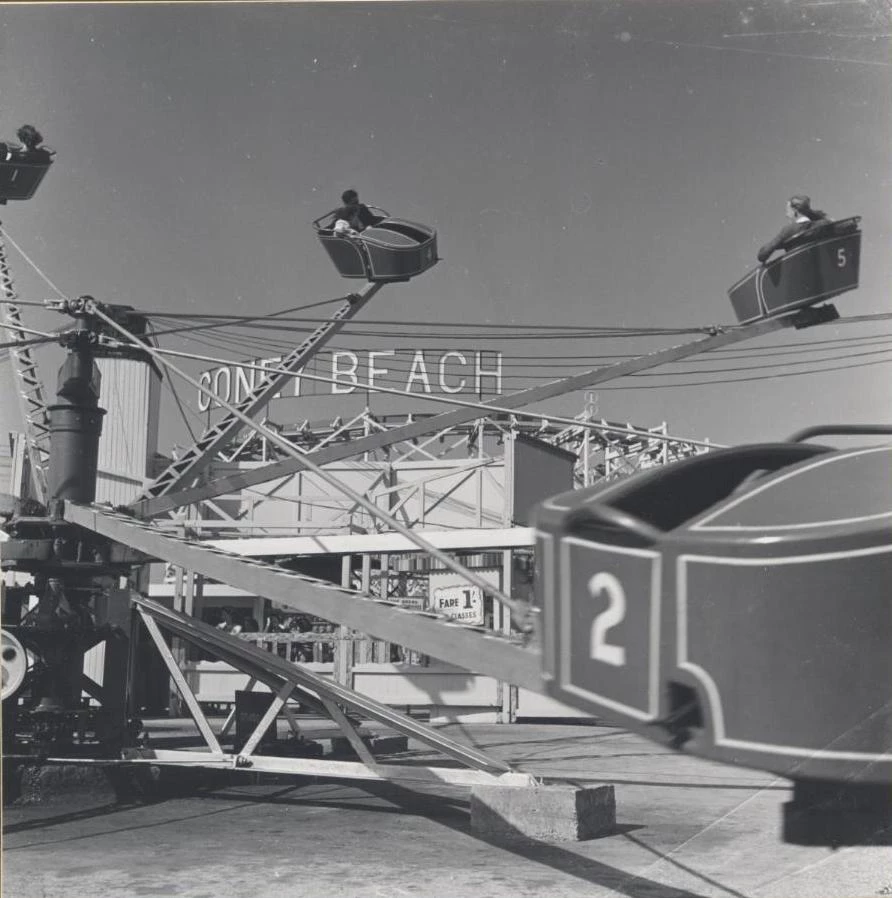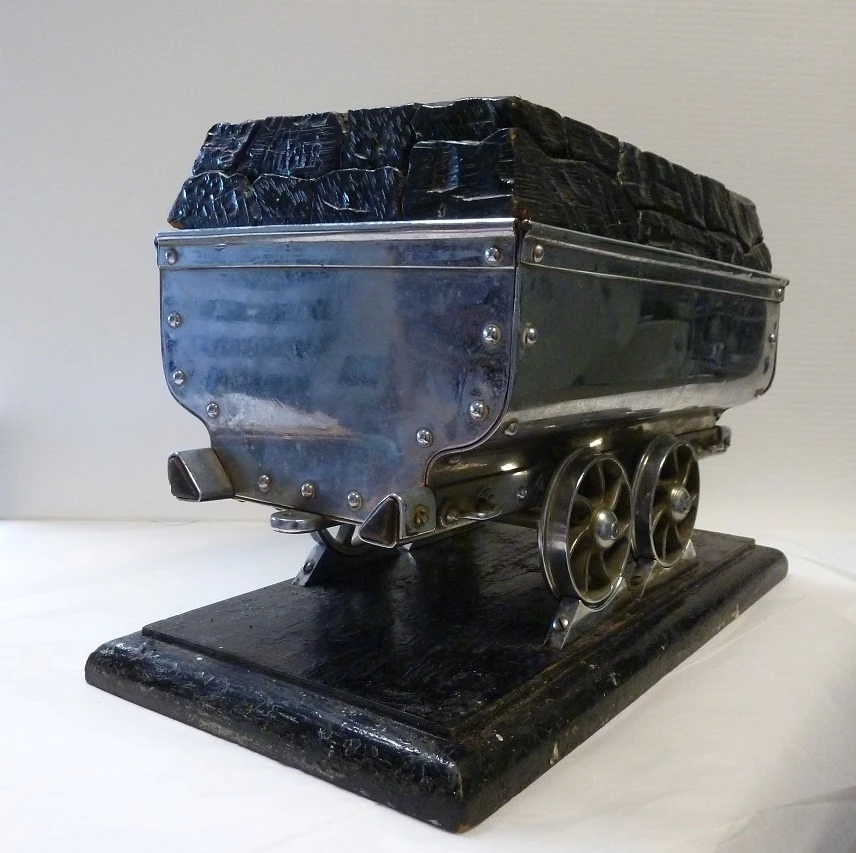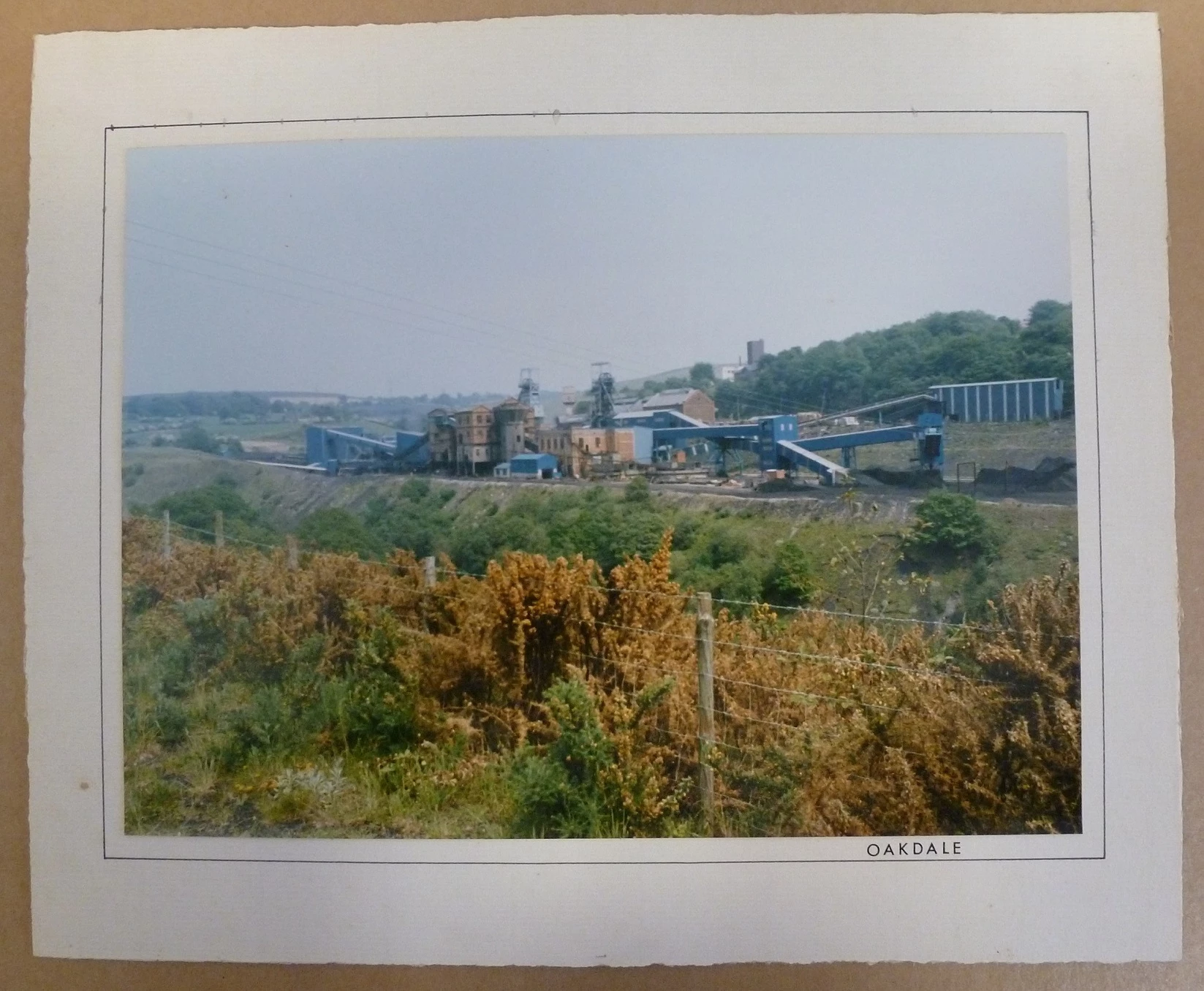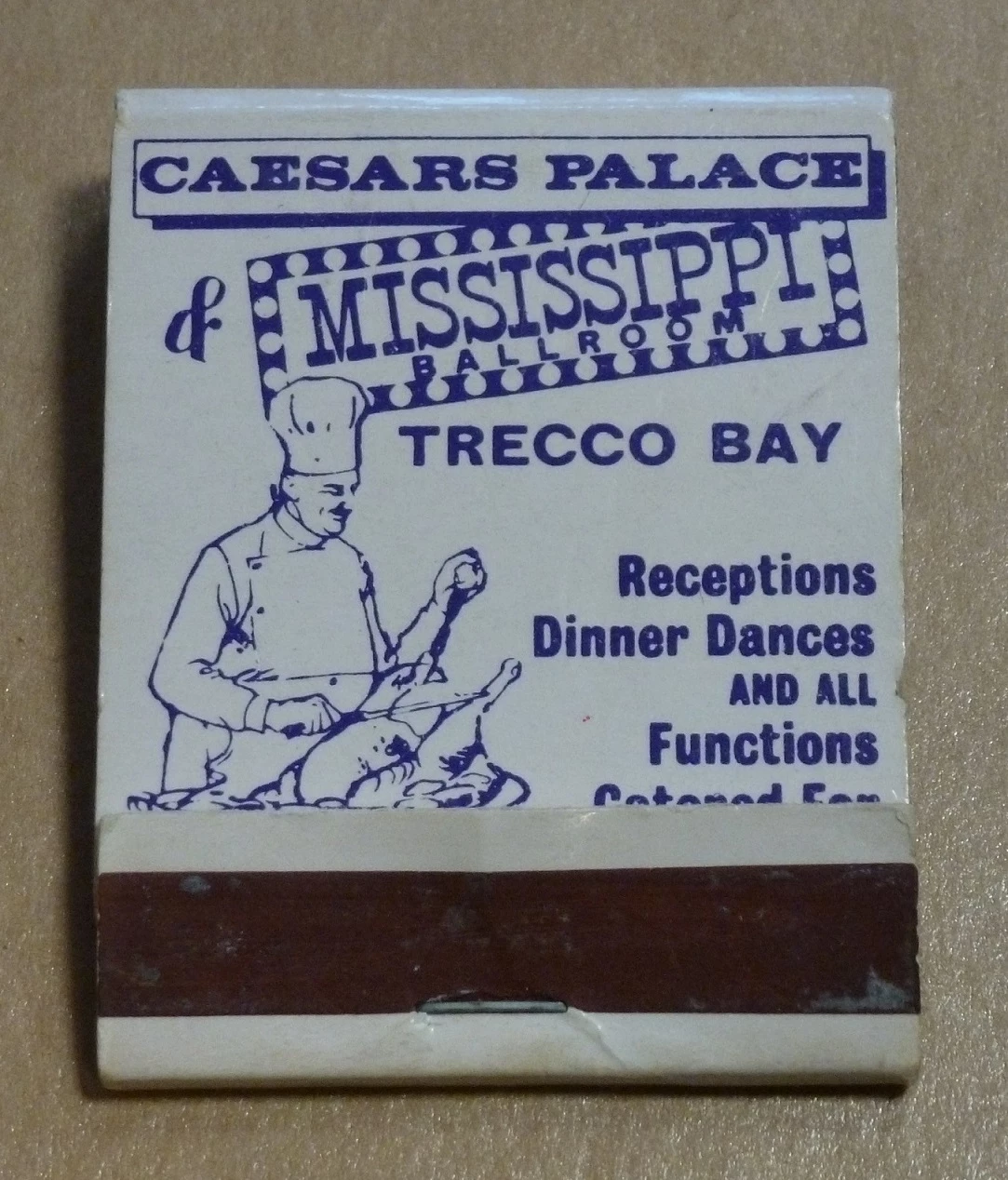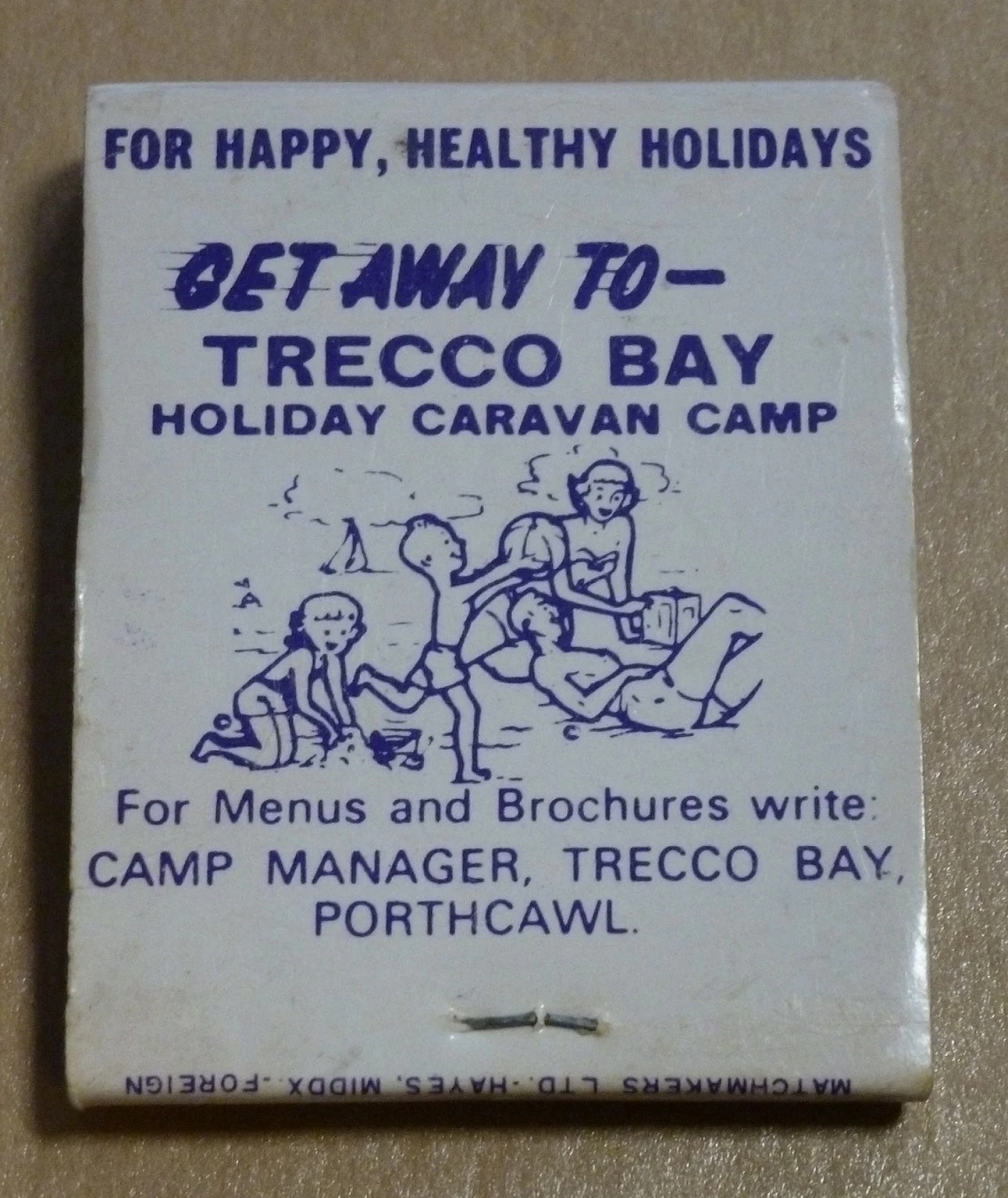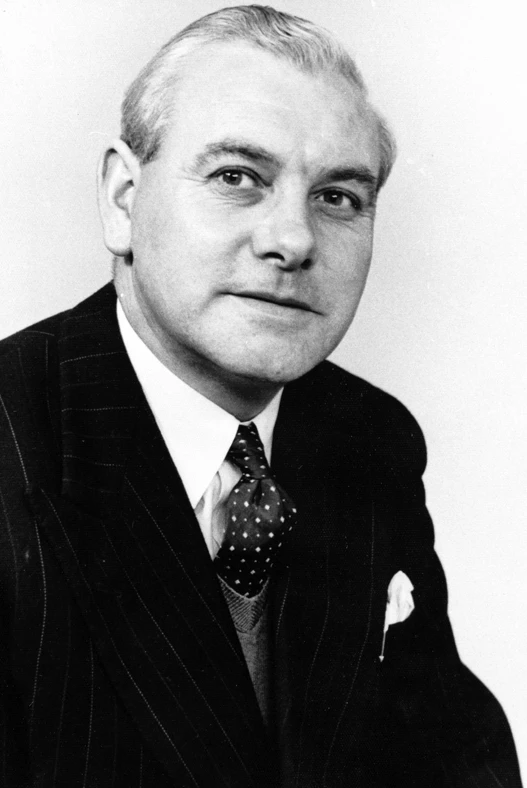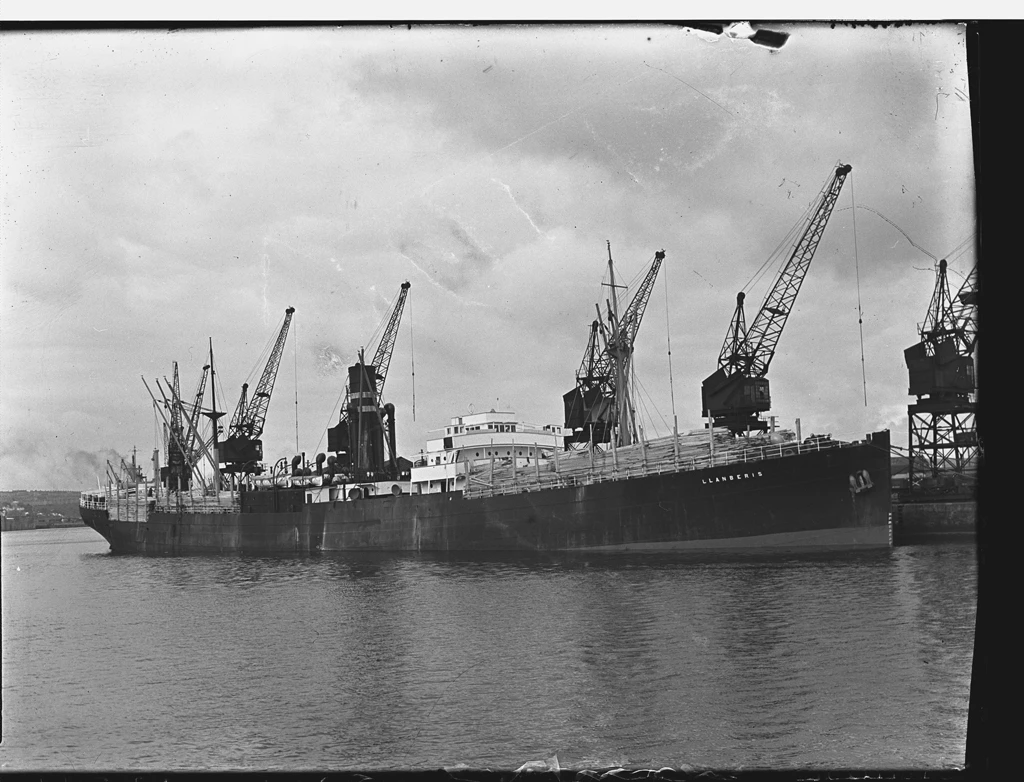This month Amgueddfa Cymru was able to acquire a painting of Henry Howard Evans. The painting dates to about 1892, and is interesting as it has been painted over a photograph. The photograph was taken by Goldie Bros. of Cardiff and it is signed at bottom right. The brothers Frank and Lawrence C. Goldie had studios at Swansea, and in 1888 they opened a photographic studio in Queen Street, Cardiff where this photograph was probably taken. They produced photographic portraits of people such as the Marquis of Bute and Madame Patti. This photograph has then been painted over to resemble an oil painting, and presumably this was done by, or on behalf of, Goldie Bros. The painting contained an engraved inscription on the frame that shows it was presented to Mr H.H. Evans, who was Undermanager of the Gelly Colliery, by the Gelly House Coal Workmen and friends on his leaving the colliery in December 1892.
We know quite a lot about the life of Henry H. Evans. He was born on 28th April 1865 in 15 Windsor St., Aberdare. He started work as a colliers’ boy at 12 years of age at Bwllfa Colliery, Aberdare. In 1880 the family moved to Maerdy in the Rhondda Fach and Henry continued his career as a collier in Maerdy Colliery until 1884 when he was articled to Mr Rees Llewelyn, Mining Engineer, Aberdare. His training was cut short by the death of his father, Mr John Evans a colliery official, in the Maerdy Colliery explosion of 1885 when he became the family’s bread winner. He began to attend the first mining night school in Aberdare about this time, walking over the mountain from Maerdy to Aberdare for the lessons. At twenty four he gained his 2nd class certificate of competency and became the under manager of Gelli Nos. 2 and 3 Pits where he remained for several years. He later returned to Maerdy Colliery as under manager.
He became manager of Bwllfa Colliery, Aberdare in 1894 where he remained for 18 years until he became the Agent for Albion Collieries in 1912. In 1910 he received the Edward Medal for bravery for saving the life of Mr John Isaac, a colliery repairer who had been trapped under a fall of roof. The museum holds in its collection another painting dating from 1929, which shows H.H. Evans wearing his Edward Medal.
By January 25th 1932, he had become general manager of the Cambrian Combine and lead a team of volunteers following the explosion in Llwynypia Colliery. He was 67 years old at the time and stayed down the pit until the last victim had been found. Eleven men were killed including two rescuers.
The Mines Inspector’s report was rather scathing about the rescue attempt – “In reference to the rescue operations, in the cold light of events it must be said that they were conducted with greater valour than discretion, for even when men from the Porth Rescue Station equipped with breathing apparatus were engaged in J. Alsop’s face, officials not so equipped, including the General Manager (Mr. H.H. Evans), the Agent (Mr. R. Lloyd) and the Manager (Mr. J. Whitticombe), were engaged in Prior’s and Brown’s. They had with them a canary but appear to have had more regard for its life than for their own, with the result that one of their party, John Evans, Overman, was overcome by afterdamp and died.”
He died on May 2nd 1936 only a few weeks after being elected Chairman of the Monmouthshire and South Wales Coalowners’ Association. He was buried in Aberdare Cemetery.
This painting joins the other painting mentioned here. As well as a model of a coal dram. This model is a scale replica of a ‘Patent Cambrian Tram’ invented by H.H. Evans and R. Evans in 1931.
As well as this photograph/painting we have acquired a number of other photographs this month, these include these two photographs showing Oakdale Colliery and Markham Colliery, which were taken during the late 20th century.
Finally this ‘book’ of matches we have collected for the two adverts that relate to tourism in Porthcawl. On the front is an advert for Caesars Palace & Mississippi Ballroom while the reverse has an advert for Trecco Bay Holiday Caravan Camp.
Mark Etheridge
Curator: Industry & Transport
Follow us on Twitter - @IndustryACNMW






